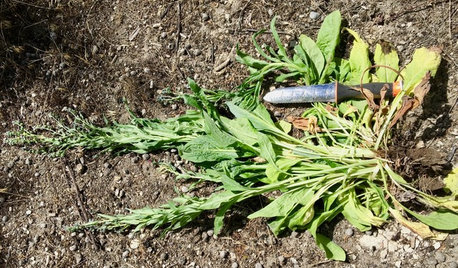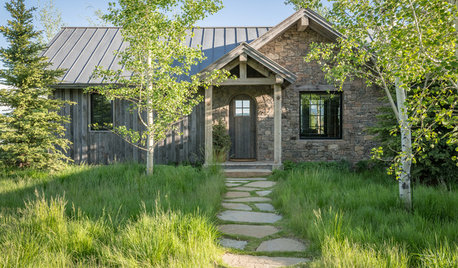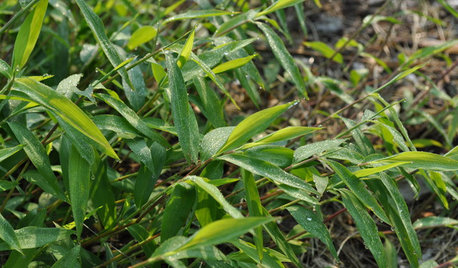Non-chemical method to kill lawn and weeds
ajay20
3 years ago
Related Stories

GARDENING GUIDESWeed War: When and How to Use Chemical Herbicides
Before you spray, arm yourself with knowledge about which weed killers — natural or synthetic — are right for your yard
Full Story
GARDENING GUIDESZen Weeding: The Smart Way to Weed Your Garden
Be mindful about keeping weeds from taking hold in your yard by knowing when and how to get rid of each type
Full Story
GARDENING GUIDES5 Ways to Naturally Win the Weed War
Show irksome weeds no mercy with these tricks for combating them sans chemicals
Full Story
EARTH DAYThe Case for Losing the Traditional Lawn
Work less, help the environment and foster connections by just saying no to typical turf
Full Story
GARDENING GUIDES8 Sustainable, Organic Practices for Greener Lawn Care
Ditch the pesticides and fertilizers and adopt eco-friendly practices that will keep your lawn lush and healthy
Full Story
GARDENING GUIDESThe Essential Weed Hit List
Learn how to recognize and control 5 weedy plants that have achieved invasive status throughout the U.S.
Full Story
FRONT YARD IDEASBefore and After: Front Lawn to Prairie Garden
How they did it: Homeowners create a plan, stick to it and keep the neighbors (and wildlife) in mind
Full Story
LANDSCAPE DESIGNGet Along With Less Lawn — Ideas to Save Water and Effort
Ditch the mower and lower your water bill while creating a feast for the eyes with diverse plantings and gathering places
Full Story
GARDENING GUIDES5 Great Grasses for a New Lawn
Learn about maintenance, wear tolerance, ideal climate and more for these top turf choices to pick the right one for you
Full Story
GARDENING GUIDESHow to Fix Bare and Yellow Lawn Spots
Restore your turf’s good looks by reseeding unsightly patches
Full Story







User
ajay20Original Author
Related Professionals
Bridgeview Landscape Contractors · Hayward Landscape Contractors · Louisville Landscape Contractors · Old Saybrook Landscape Contractors · Castle Rock Decks, Patios & Outdoor Enclosures · New Lenox Decks, Patios & Outdoor Enclosures · Randallstown Decks, Patios & Outdoor Enclosures · Danbury Landscape Architects & Landscape Designers · Summit Landscape Architects & Landscape Designers · Fort Hunt Landscape Contractors · Overland Park Landscape Contractors · West Chester Landscape Contractors · La Verne Swimming Pool Builders · View Park-Windsor Hills Landscape Contractors · Silver Firs Landscape Contractorsbeesneeds
ajay20Original Author
beesneeds
ajay20Original Author
User
beesneeds
User